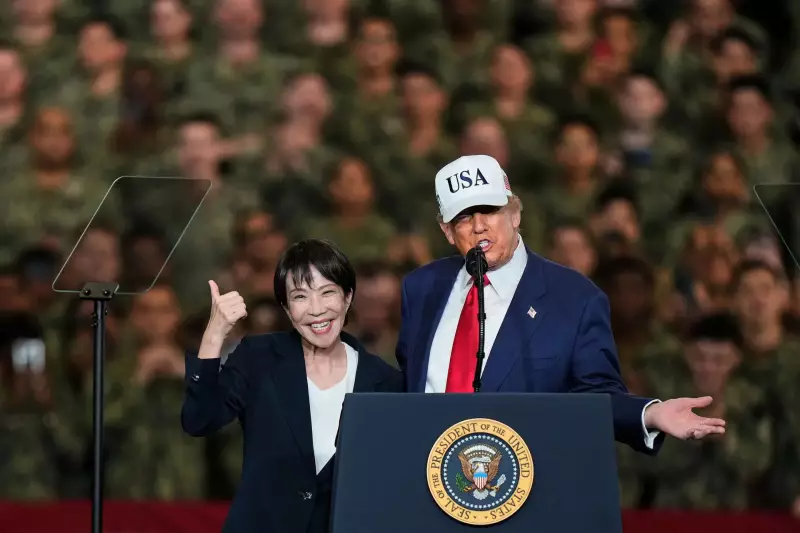
In a recent rally speech that's drawing international attention, former US President Donald Trump made a bold assertion about securing a massive $10 billion investment from Japanese automotive giant Toyota for American manufacturing facilities. However, this claim appears to be running on empty wheels as fact-checkers and industry analysts examine the reality behind the rhetoric.
The Investment Claim Versus Reality
During his campaign address, Trump declared: "I got Toyota to build—listen to this—a $10 billion plant." The statement, delivered with characteristic confidence, suggested a major victory for American manufacturing under his potential administration. Yet automotive industry experts and Toyota representatives indicate this investment figure doesn't align with the company's current strategic plans.
Industry observers note that while Toyota continues to invest significantly in its US operations, the specific $10 billion figure appears exaggerated. The Japanese automaker has maintained substantial American manufacturing presence for decades, with recent investments following established corporate timelines rather than new political arrangements.
American Automobiles Face Uphill Battle in Japan
Meanwhile, across the Pacific, American vehicles continue to struggle in the Japanese market, creating an ironic counterpoint to Trump's investment narrative. Recent sales data reveals that US-branded cars account for less than 1% of Japan's automotive market—a statistic that highlights the challenging trade dynamics between the two economic powers.
The numbers tell a sobering story:
- American vehicles represent approximately 0.3% of Japan's auto market
- Japanese consumers show strong preference for domestic brands
- US manufacturers face regulatory and cultural barriers in Japan
- The trade imbalance in automobiles remains significantly tilted toward Japanese exports
Market Dynamics and Consumer Preferences
Automotive analysts point to several factors contributing to American cars' poor performance in Japan. Japanese consumers generally prefer smaller, more fuel-efficient vehicles suited to their urban environments and narrow roads. Additionally, established domestic brands like Toyota, Honda, and Nissan benefit from decades of brand loyalty and extensive dealership networks.
The right-hand drive configuration common in Japan also presents manufacturing challenges for American automakers, who primarily produce left-hand drive vehicles for their domestic market. This fundamental difference requires significant adaptation that many US manufacturers have been reluctant to undertake for such a small market share.
Political Promises Meet Economic Realities
Trump's investment claim and the ongoing struggles of American cars in Japan highlight the complex relationship between political rhetoric and ground-level economic realities. While politicians often tout major investment victories, the automotive industry operates on longer timelines and more complex strategic considerations than campaign soundbites might suggest.
The situation underscores the persistent trade imbalances that have characterized US-Japan automotive relations for decades. Despite various trade agreements and negotiations, fundamental market preferences and manufacturing specializations continue to shape the flow of vehicles between the two nations.
As the political season intensifies, automotive trade and investment promises will likely remain talking points. However, industry watchers caution that the gap between campaign trail announcements and corporate boardroom decisions often remains wide—much like the current gap between American auto sales in Japan and Trump's claimed $10 billion Toyota investment.





